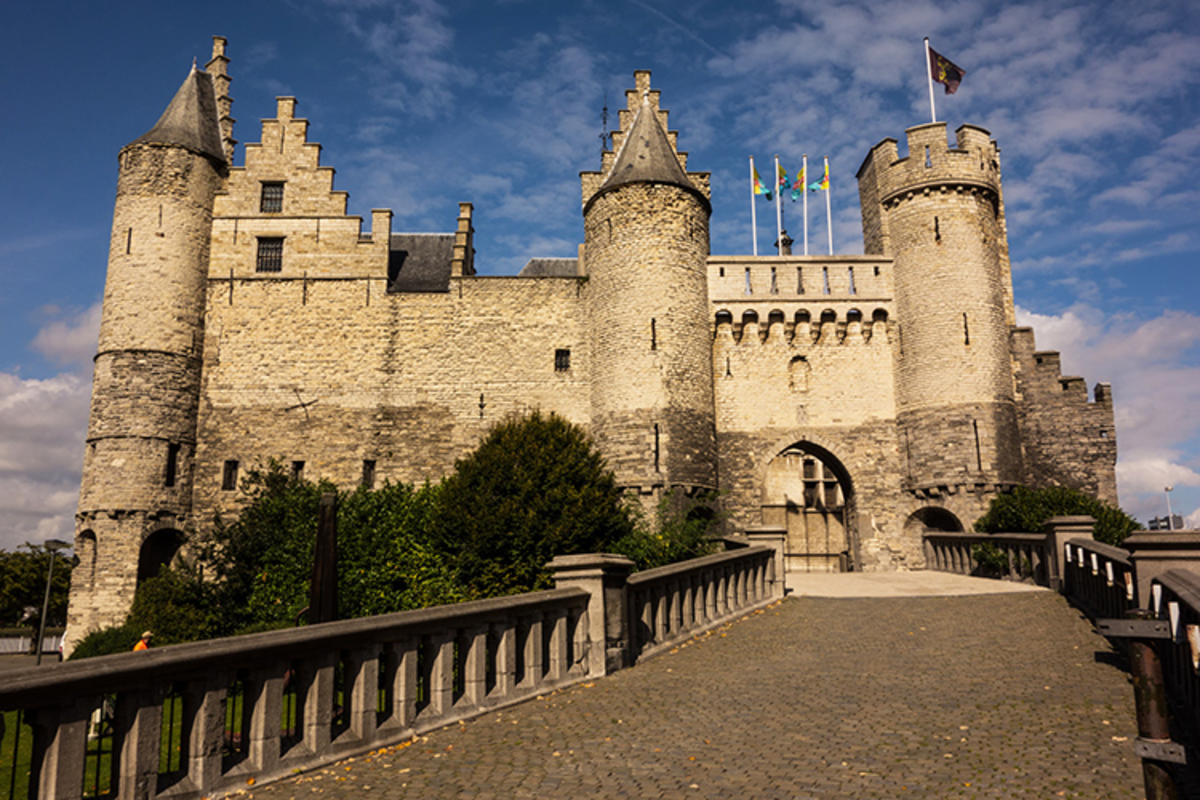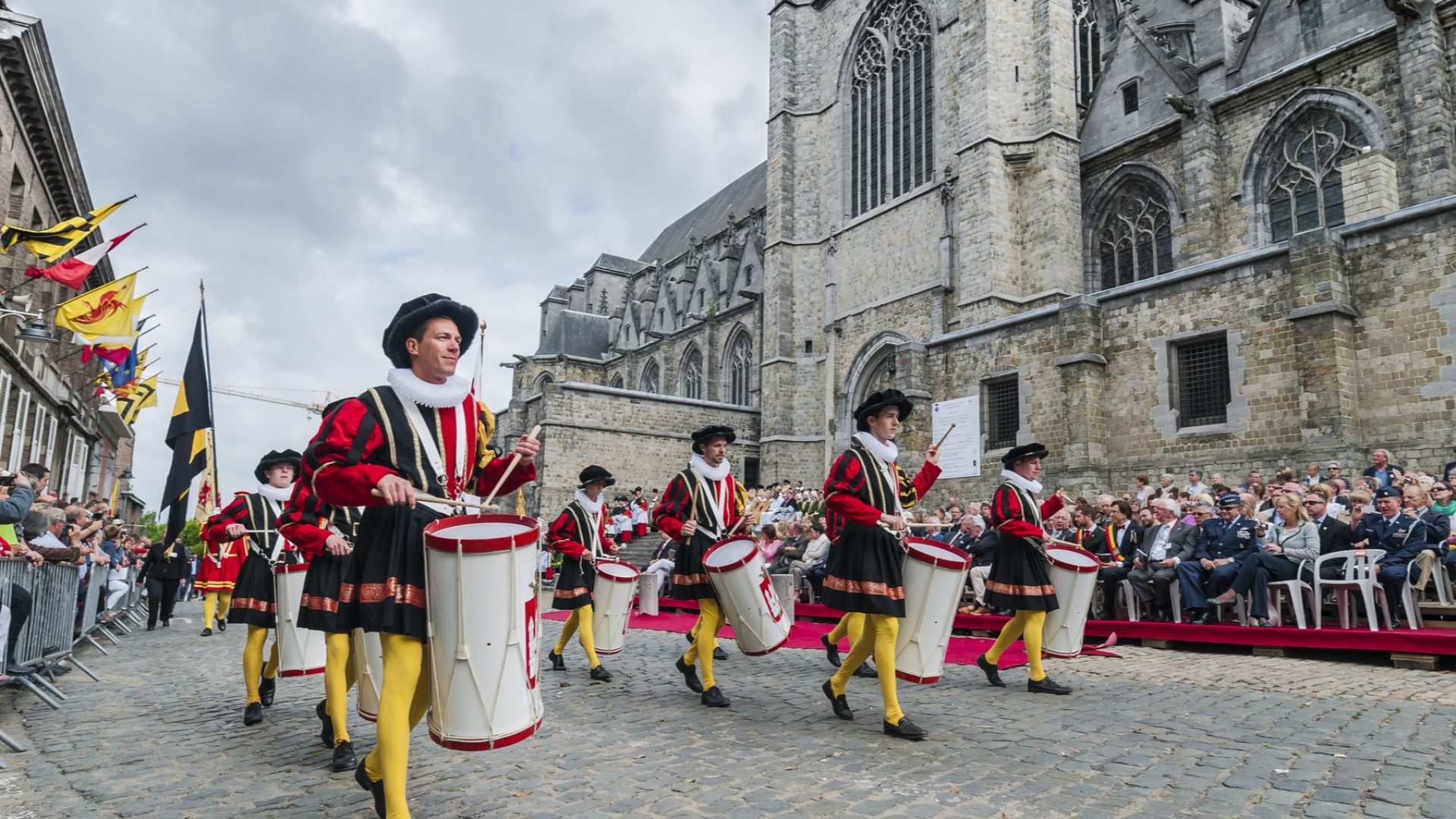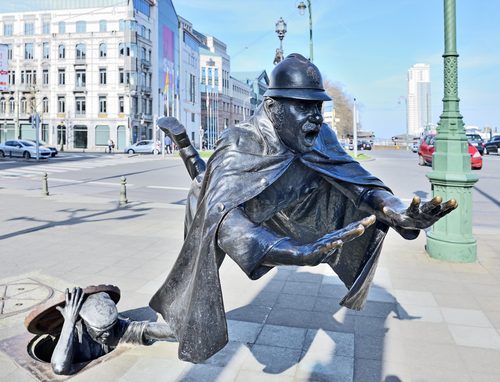Any attempt at a general overview of Belgian culture will fall short of the reality, due to the division of the little country into three linguistic groups and the cultural influxes seeping across its borders from the Netherlands, France, Germany, and Luxembourg

The official languages here are German, Dutch, and French, although 33 percent of the inhabitants speak the old tongue of Walloon and a variant of Dutch, Flemish, is spoken by at least 60 percent. Within the three regions of Wallonia, Flanders, and Brussels-Capital, individual cultures flourish, each with their own traditions, folklore, gastronomy, and priorities.
Family values take a central position in the lives of most Belgians for whichever province they call home, as do the values of appearance and cleanliness, both in personal and property matters
Family values take a central position in the lives of most Belgians for whichever province they call home, as do the values of appearance and cleanliness, both in personal and property matters. As a result, Belgium is a refreshingly tidy, clean country. Although friendly and welcoming, Belgians are somewhat formal in their greeting, with brief handshakes the norm until a friendship or business relationship is fully established.
A small gift is expected when you’re invited to a Belgian home, and punctuality shows respect. If a toast is given, stand up, and it’s polite to eat all you are offered, never mind how full your plate is. All Belgians are extremely proud of their local cuisine, making praising your meal a must.

Belgium’s incredibly rich artistic tradition extends from its artworks to its architecture, music, literature, and traditionally authentic folkloric festivals, with all forming a strong part of the people’s cultural awareness in the present day. Museum and art gallery visits are very popular, and the many medieval old towns are a great source of pride. Even the famous Belgian craft beers have a cultural identity, especially those from the six Belgian Trappist monasteries which are permitted to brew strong ale.
The constant contact with other peoples and cultures hasn’t been without its effects in terms of art and culture, both in the past and the present day
The constant contact with other peoples and cultures hasn’t been without its effects in terms of art and culture, both in the past and the present day. A true crossroads of the major influences of art, Belgium has always been home to a large number of artists and frequently establishes itself as the place for innovation for new movements.
Belgium has preserved much evidence of the greatest architectural and artistic movements. The Middle Ages saw cathedrals and belfries spring up, monuments that still grace the Belgian cities of art. Countless châteaux pepper the countryside and Belgium is the country with the most châteaux per km². As for Brussels, in the 20th century, it became the capital of Art Nouveau. All this explains the country’s incredible architectural wealth.

The splendid works of the old Flemish painters such as Pierre-Paul Rubens, Pierre Brueghel, Jan Van Eyck, Antoine Van Dyck, along with more recent artists like Paul Delvaux or René Magritte, are now exhibited in museums all over the world.
The ultimate hub for comics, Belgium is home to the largest concentration of comic book authors in the world. They continue the tradition of Hergé (Tintin), Peyo (Les Schtroumpfs), Edgar P. Jacobs (Blake et Mortimer), Morris (Lucky Luke), Bob De Moor (Barelli, Cori le Moussaillon), Willy Vandersteen (Bob et Bobette) and many more!
Today, many Belgian talents are making a name for themselves. This is particularly the case on the international music scene with Angèle, Milow, Selah Sue and Hooverphonic. On the big screen, a new generation of directors and actors are frequently recognised with awards including the Palme d’Or at Cannes and the Oscars in Hollywood.